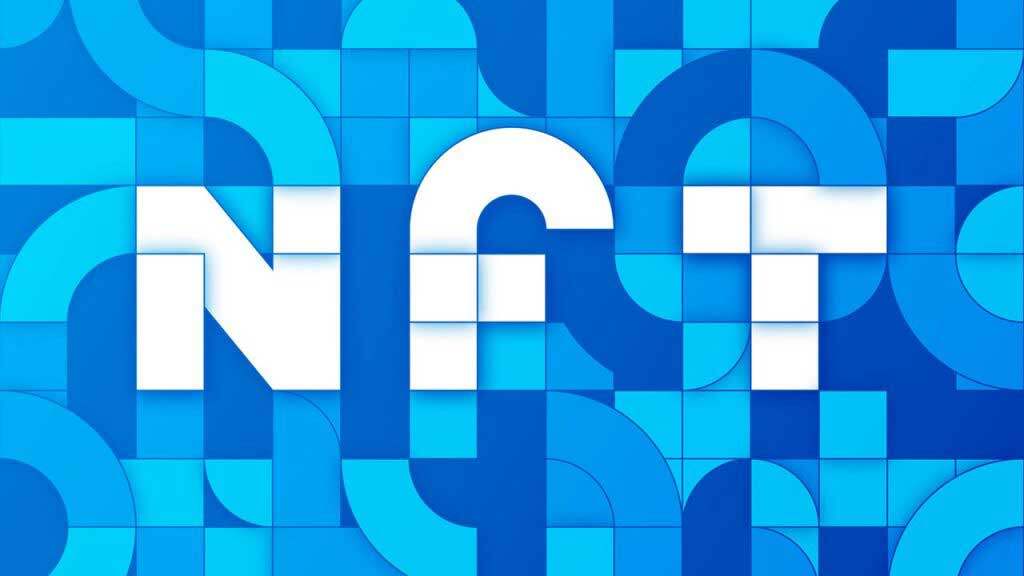Opinion: NFTs have been marred by claims they are worthless and criticised for their environmental impact, but they are allowing artists to explore creative avenues and generate new income streams and forms of engagement, says Alex Sims and Dulani Jayasuriya.


NFTs (non-fungible tokens), when associated with a digital or physical asset, are a way of proving a digital item is the only one of its kind. Or, as is sometimes the case, being able to prove the digital or physical asset is one of a set number, similar to an artist creating 100 prints of an artwork.
While artists have been creating digital art for decades, being paid for them was another matter, and NFTs can help ensure they are. In addition, artists can use NFTs to act as the provenance for a physical work of art, such as a sculpture, which reduces the risk of fraud.
NFTs, which use blockchain technology in a similar way to cryptocurrencies, are not limited to art and can be used for many different purposes, in a multitude of ways and across many sectors, including creative industries. An increasingly common use of NFTs is for producing concert tickets, which can’t be replicated, unlike traditional and PDF tickets. This will prevent unscrupulous people selling the same ticket multiple times to innocent people who only realise they have been scammed when they are turned away at a concert venue.
Performers can use NFTs in creative ways too. For example, a musician or band could sell or give NFTs to their fans that allow them to purchase cheaper concert tickets or attend exclusive events. Such NFTs could be transferrable, or not, depending on the NFTs’ coding.
Although it is not yet common, NFTs can be coded to have multiple owners, known as fractional ownership. A fractionalised NFT with 100 tokens could allow up to 100 people to each own a part of the NFT, enabling co-ownership of valuable art works.
It is true that for digital artwork NFTs, the artwork is not normally stored on the same blockchain as the NFT. Instead, the file for the digital artwork is held elsewhere, and the NFT merely points to the file. There is a risk this file could be deleted, accidentally or deliberately, so the owner must ensure they store a copy of the file containing the digital artwork.
The greatest concern is their environmental impact. Some use concerningly high amounts of electricity to create, buy and sell. But increasingly, they are being created on blockchains that use little energy: posting a tweet can have more environmental impact than some NFTs.
Another criticism of NFTs is that digital art NFTs are worthless as anyone can copy the digital artwork with a mouse click. Yes, the digital artwork can be copied, but the NFT cannot be; that is, the NFT’s ownership details are secure. And because NFTs enable the ownership of digital goods to be easily proved, they will be used increasingly within virtual reality and the metaverse. Already, Twitter will allow only owners of certain NFTs to use them as their profile picture.
Some NFTs have been sold for millions of dollars bringing claims they are simply a bubble that will burst. No doubt many NFTs are overvalued but, as with anything, value is in the eye of the beholder and people are irrational. It is common, for example, for a guitar once owned by a famous person to be sold for hundreds of thousands of dollars, despite someone being able to buy another guitar of the same model and age relatively cheaply.
But blockchain doesn’t protect against all fraud and NFT purchasers do need to be careful they aren’t buying fraudulent NFTs. Some NFTs creators copy artwork, in which case the NFT will be largely worthless. Copying, however, is not unique to NFTs: it occurs with physical art.
Another objection to NFTs is that buying one does not give the buyer full rights to the underlying work, but again the same rules apply to physical art – the buyer of a painting rarely buys the painting’s copyright.
And while there is a potential for NFTs to be used for money laundering, the traditional art market is rife with such schemes so NFTs do not present an added risk in this regard.
Yet, on the positive side, NFTs do present artists and others with myriad new ways of engaging with art. For example, it is possible to split an NFT into different “layers”, each one becoming an individual NFT. The owner of each layer, subject to the permission granted by the creator, can make changes to their layer – they could, for example, change the colours of objects in that layer. The final artwork, “the master”, which is an NFT in its own right, evolves as the layers change.
Some artists are creating NFTs where they automatically receive a percentage of the resale price, often between 10-25 percent, which wasn’t an option for New Zealand artists previously.
When it comes to art as an investment, there is interest in NFTs from corporates who buy art, which is good for artists – and for the corporates. Instead of the same painting hanging in a reception for years, a large digital screen can cycle through all the artworks in a corporate’s NFT collection.
So, despite polarised opinions built often on misunderstanding and complexities that appear daunting to most people, NFTs and the blockchain technology behind it appears likely to set the stage for a new era in art.







































